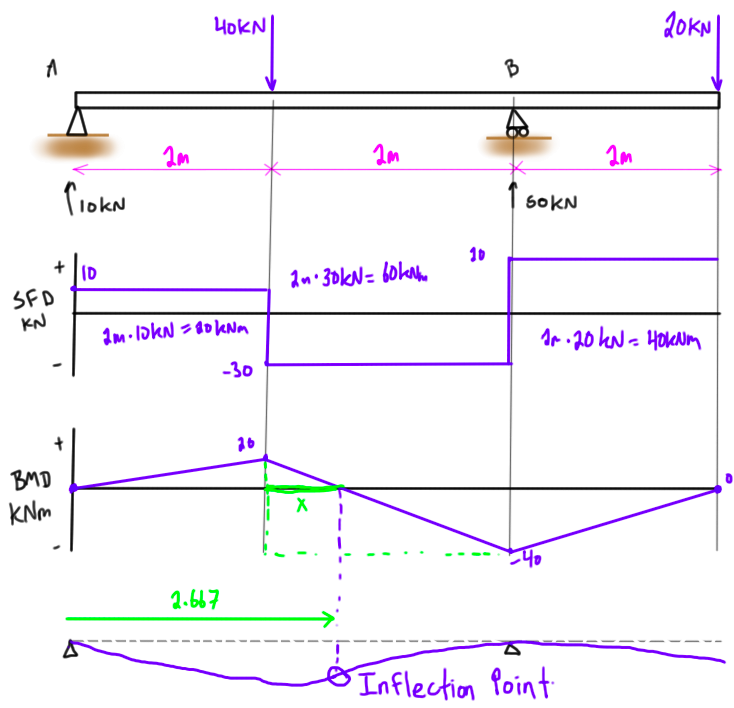crystalgailcluevtdi.gnomio.com
-
Welcome to your Moodle site
Now, you are in control!
Here are some links of interest:
Available courses
The
course will develop the basic legal influence on the Construction Industry.
Special attention will be given to the key aspects of the Law of Contract, the
Law of Tort, the Law of Property and their effect on Construction Work.
The course introduces students to the science of building, structures, components and materials. Students will be exposed to basic principles of physics, chemistry and their applications in building structures and systems. It also focuses on Newton's laws, static, dynamics, atomic structures and properties of building materials.
This course introduces the students to the CAD system and teaches the fundamental principles of AutoCAD that is essential in today's job market. The course will equip students with the basic technical drafting techniques to computer generated drawings of the various drafting disciplines. As a result of this, students will achieve a high level of competence in performing practical tasks related to architectural drawings and will be able to exercise these skills in the building industry.

This course will enable students to develop a greater understanding and awareness of the production of architectural advanced 2D drawings in an efficient and productive manner. In addition, it will help to develop students with the necessary skills to produce hard-copies of 2D architectural drawings.
Students are expected to achieve a high level of competence in performing practical tasks related to architectural drawings and should be able to exercise these skills in the building industry.



